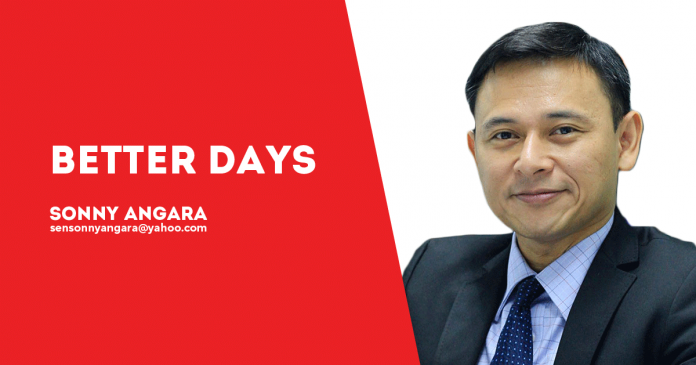
BY THE end of this month, a new school year will officially start. Using the numbers recorded last year for SY 2023 – 2024, we can reasonably expect that more or less 27 million learners will be enrolling in the basic education system this time around — 23.2 million in public schools, 3.7 million in private institutions, and some 611,000 in the Alternative Learning System (ALS).
These learners account for a little more than one-fifth of our total population. They are significant not only for their huge numbers, but also because they embody the biggest hopes and dreams we have as a nation for ourselves. Their academic success and school experience after all are among the key variables in the equation of whether the future that awaits us all will be prosperous or not.
However, it is no secret that the education system these learners would be entering or re-entering is undergoing a crisis — one that has been brewing arguably for decades already and one that results in our fifteen-year-olds performing among the poorest in the world in international evaluations such as the OECD’s Programme for International Student Assessment (PISA).
In the past, to explain this education crisis, the usual scape goats were bandied about: decades of underinvestment in school infrastructure; lack of resources; low compensation for teachers and school personnel; an outdated and congested curriculum; political interference; or even, corruption. But while such charges are not wrong or misguided, the explanation provided by the Year One Report of the Second Congressional Commission on Education (EDCOM II) appears to be most succinct. And that is, we fall short of the standard prescribed by the Constitution for the State to “establish, maintain, and support a complete, adequate, and integrated system of education.”
In short, the Philippine education system is fragmented, as it fails to act as a unified whole. This is mostly characterized by the concerned government agencies — including the Department of Education (DepEd), the Commission on Higher Education (CHED), and the Technical Education and Skills Development Authority (TESDA) — pursuing their individual mandates almost completely separate of each other.
Fragmentation in the education system is not only a matter of relations among government agencies however. It can also be observed in the lack of active linkages between our educational institutions and industries. One example of this is the lingering resistance of the private sector to hire learners who have completed Senior High School (SHS) despite the promise of the K to 12 basic education program to graduate individuals with adequate work-skills and competencies.
A 2018 JobStreet survey on fresh graduates even found that only 24 percent of employers — nearly 1 out of 4–were ready to hire the first batch of K to 12 graduates. Furthermore, the same survey found that 35 percent of employers were not ready to hire SHS graduates, while 41 percent were still undecided. Such tepid reception undergirds the results of a June 2023 Pulse Asia Survey, which showed that 4 out of 10 respondents were dissatisfied with the SHS program.
Hence, Senator Sherwin Gatchalian and myself (as a sort of last hurrah before my 2nd term in the Senate is officially cut short) filed Senate Bill No. 2731, which strengthens the incentives outlined in the Adopt-A-School Act of 1998 (Republic Act No. 8525) for private sector participation in public educational institutions. Our proposed measure seeks to improve on the existing “Adopt-A-School” program of the DepEd in several ways.
First is by expanding the menu of assistance the private sector can extend to public schools to include assessments for certifications and work credentials; real estate property; health and nutrition packages; assistive learning devices. It also retains or amends the following forms of assistance: training for school heads, teachers, daycare workers, TVET trainers, and learners; construction, upgrade, and repair of school facilities (including libraries); provision of books, tech-voc livelihood tools and other learning materials.
Second is by including in the actual fiscal incentives available to adopting companies an additional deduction equal to 50 percent of labor-training expenses incurred for enterprise-based trainees; another additional deduction equal to 20 percent of salaries and benefits paid to SHS graduates they employ; and exemption of donations made to public schools from customs duties, VAT, excise tax, donor’s tax, and other fees.
Collaboration, synergy, and partnerships — at all levels — are the clearest paths to solving the fragmentation and the resulting crisis in our education system. We should disavow any tendency to work in silos, oblivious to the reality that we in fact exist are connected to each other as part of a unified whole. Just as a well-known proverb affirms: If you want to go fast, go alone. If you want to go far, go together.
***
Former senator Sonny Angara has been in public service for 20 years — 9 years as Representative of the Lone District of Aurora, and 11 as Senator. He has authored, co-authored, and sponsored more than 340 laws. He was recently appointed as Secretary of the Department of Education (DepEd).
***
Email: sensonnyangara@yahoo.com| Facebook, Twitter & Instagram: @sonnyangara/PN







